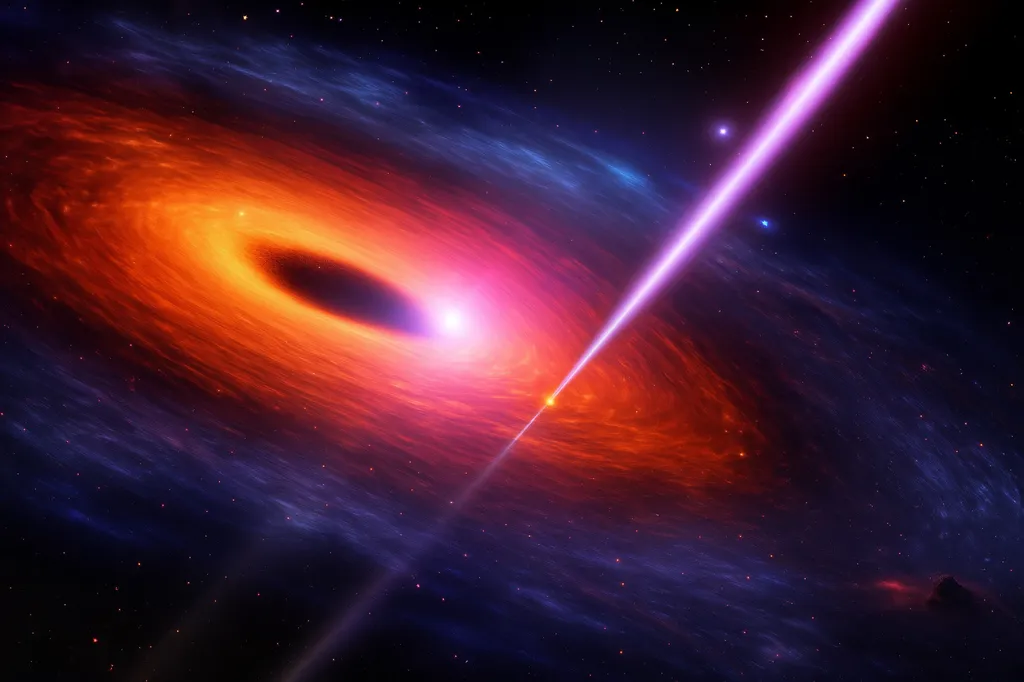In the realm of astrophysics, researchers Gajanan D Harale and Surajit Paul from the Tata Institute of Fundamental Research in Mumbai, India, have been delving into the mysteries of galaxy clusters, particularly their role as reservoirs of high-energy cosmic rays. Their recent study, published in the journal Astronomy & Astrophysics, focuses on the galaxy cluster Abell 119 and its potential gamma-ray emissions.
Galaxy clusters are among the most massive structures in the universe, bound together by gravity. They are believed to harbor high-energy cosmic rays, but detecting gamma-ray emissions from these clusters has proven challenging. This difficulty arises from the limitations of current gamma-ray instruments and the interactions of gamma-rays with intervening material, which restrict detectable signals to only a few nearby and dynamically active clusters.
To overcome these constraints, Harale and Paul selected a sample of nearby merging clusters and analyzed 14 years of data from the Fermi Large Area Telescope (LAT). Their study zeroed in on Abell 119, a merging cluster with significant X-ray luminosity and complex dynamics. Using advanced tools like Fermipy and Fermi Science Tools, the researchers modeled all potential gamma-ray sources and confirmed several known sources with significant test statistic values.
The study revealed a intriguing finding: a approximately 4-sigma excess of diffuse gamma-ray emission offset from the cluster center, plausibly associated with the cluster halo. This excess suggests a hadronic origin for the detected signal, meaning it likely arises from the interactions of cosmic ray protons with the interstellar medium. The researchers estimated the luminosity bounds and particle spectral index, finding them consistent with earlier expectations for cluster-scale non-thermal emission.
While the 4-sigma excess is compelling, uncertainties in localization and instrumental limitations prevent a definitive detection. Nonetheless, the results highlight the potential for deeper studies of galaxy clusters and their gamma-ray emissions. The estimated neutrino flux from this study also motivates future observations with upcoming neutrino telescopes.
For the energy sector, understanding the origins and behavior of cosmic rays is crucial. Cosmic rays can impact satellite operations, power grids, and other energy infrastructure. Insights from studies like this one can help improve space weather forecasting and develop better protective measures for critical energy systems. Additionally, the advanced data analysis techniques used in this research can be applied to improve the monitoring and analysis of energy systems on Earth.
This article is based on research available at arXiv.

